Limoncello and Co.
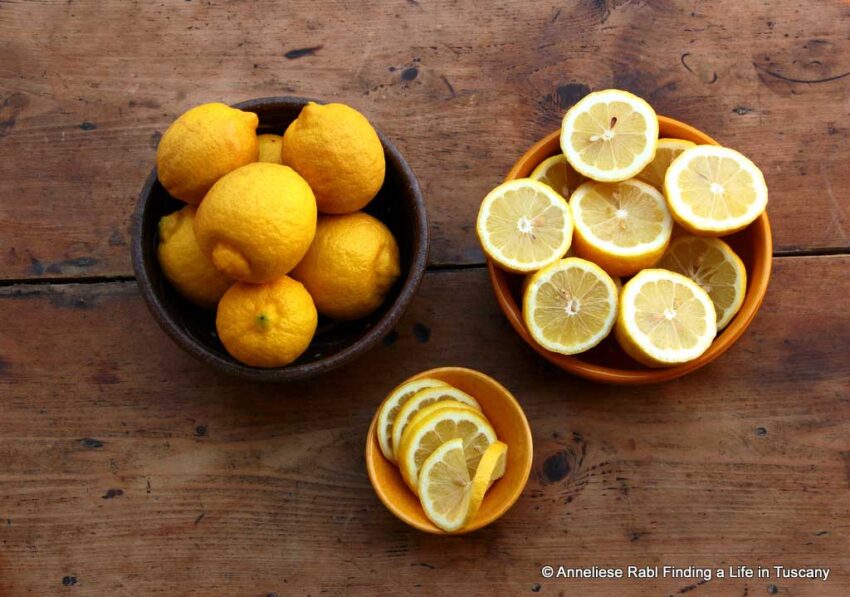
Every year towards the end of winter, when the first snowdrops flourish, it’s time to harvest the last lemons on the small tree on my terrace. When doing this, a very special occurrence comes back into my mind. In some way, one could consider it a miracle, or at least almost. The story sounds truly incredible, but let me start at the beginning.

I like my black tea with lemon juice. Sometimes the lemon squeezer is not right at hand. Being too lazy to search, I simply cut the fruit in half and squeeze it over the cup. In this way the lemon juice drops right into the tea. One day a pip fell out of the lemon and into the hot liquid. The outer skin burst and something green appeared, which turned out to be a tiny stem. It looked as if the pip was ready to stretch its roots out into the world. The hot tea had simply boosted the process.

In primary school we placed dry beans on wet cotton wool and watched them slowly germinating. Maybe it could work with the lemon pip, too? No sooner said than done, and indeed, after some days it started to sprout. I suppose that it must have felt comfortable with me. In fact, it grew and grew and put on one leaf after the other.

Did the pip manage to turn into a real lemon tree? It surely did. When the small plant was about ten centimetres high, I gave it into the hands of a skilled gardener. A few weeks later the brought the plant back. During the following years it turned into the proud lemon tree on the photo in this blog. I did not want to imprison it in the classical shape of citrus plants. It deserved to grow totally freely, and is now thriving exceedingly well in the middle of its flowering neighbours.

Every year the small tree carries more and more lemons, this winter even thirty! For me, dressing salads or making jam does not seem like the right thin to do in order to underline how special these lemons are. Salad dressings are nice with vinegar too, and high-quality lemon jam is on sale in all supermarkets. What could be a good way to pay homage to this special pip, without whose bravery and determination my lemon tree would not exist today? After careful consideration I decided for the following three recipes.
Limoncello
- 5 organic lemons
- 500 ml alcohol 95%
- 500 ml water
- 300 gr. sugar (more or less, as you prefer)

Remove the peel from the lemons using a vegetable peeler. Take care not to include any of the bitter white pith. Place the peel into an airtight container, such as a storage jar. Pour in the alcohol and fasten tightly. Leave in a cool, dark place to steep for a couple of weeks. Mix the sugar and lukewarm water, and simmer until the sugar has completely dissolved. Leave to cool. Strain the alcohol and stir in the sugar water. Pour into clean, dry bottles and keep for a least one month before serving. In winter Limoncello is nice at ambient temperatures, in summer ice-cold.

What do we do with the five lemons?
Lemon Curd
The original recipe includes lemon peel which we used for the limoncello. The recipe is delicious anyway.
- 75 gr. unsalted butter
- 300 gr. sugar
- 5 lemons, juice (and peel)
- 3 lightly beaten eggs
Put sugar, butter and lemon juice into a pan and heat slowly until sugar and butter melt. Stir occasionally. Add the lightly beaten eggs and whisk over the heat until the curd thickens. Pour into jars and store in the fridge. You can keep the curd for at least one month. Delicious on toast, scones or as pie filling.

Last but not least the recipe for
Lemon honey
- 450 gr. honey, any flavour
- 180 gr. Lemon juice
- 1 tablespoon finely ground lemon peel
- 1 package of pectin

Mix all ingredients and place in a pan. Heat slowly, stirring continuously. Bring to the boil. Boil for one minute and immediately pour into small jars. Turn them upside down for about five minutes before placing them upright again, and store in a cool and dry place. Very nice on buttered toast or to sweeten tea or milk.


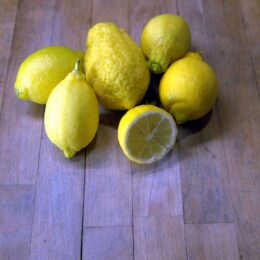
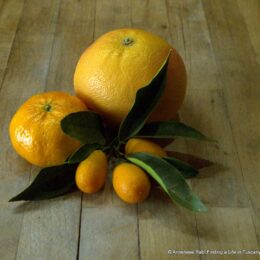
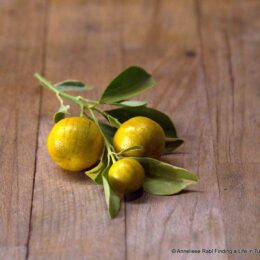

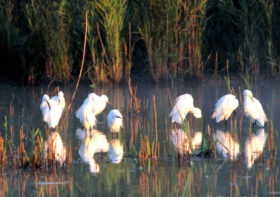

Leave a Reply